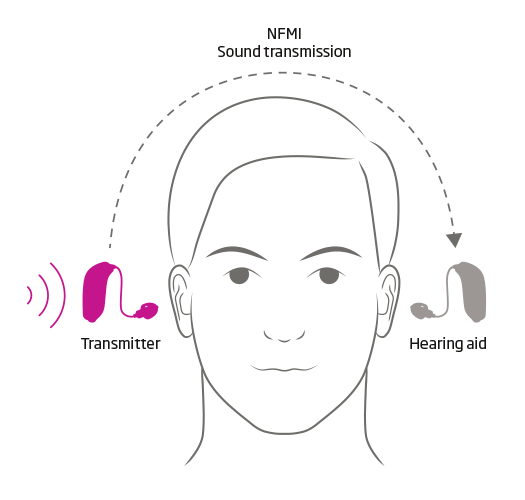When Susie was diagnosed with recurrent brain cancer, a Secondary Glioblastoma (IDH1-mutant), we discussed her treatment options with her Neuro-Oncologist at MD Anderson Cancer Center. We looked at clinical trials, surgery and other options. Her case was brought before a tumor board and discussed with a multidisciplinary team of experts. The consensus was to include radiation therapy in the mix, as her initial treatments from 1999 were durable and well tolerated.
We understood re-irradiation increased her risks to her hearing and vision, among other things. The question that lingered was weighing out meaningful survival and quality of life. We hoped for the best, but kept alert for challenges with vision and hearing. And as our dear friends and family know, the adverse events with both hearing and vision are part of our life.
Susie has what is called single-side deafness. She cannot pinpoint who is talking, often looking around when a speaker changes. She also has trouble listening when there are multiple conversations or a second source of sound (like TV or music). This can make family gatherings difficult, or even just going to a restaurant. I also tend to turn up the TV so Susie can better hear dialogue. This can be problematic with our youngest who goes to sleep early for a 3am shift at a trauma hospital.
With Austin opening up and us seeing more family, we decided to follow-up with an audiologist to see what Susie’s options were. We talked about BiCROS hearing aids and cochlear implants as options. The BiCROS hearing aid basically is a transmitter that sends the sound transmission to a hearing aid in the other ear. A cochlear implant requires surgery to restore some hearing capability on the damaged ear. It has internal and external parts and could raise challenges to regular MRI scanning. We chose the less invasive option to try out, assuming that cochlear is still an option in the future.

After about a month of using the new BiCROS hearing aid, I certainly see a difference as to the volume of our television. It is nice to have her ask to turn down the volume. I also think she’s been able to understand her speech therapist better. The hearing aid is too loud when she was in the gym for physical therapy. We’ve tried turning down the volume, but she just gets annoyed. She prefers either on or off. Susie has also dropped/ lost the hearing aids when removing her masks, fortunately I’ve been able to find them each time (often next to her car door).
We were looking forward last weekend to trying the new setup with a larger group. We were having family over for brunch to celebrate her mom’s 89th birthday. Unfortunately, Susie woke up with a lot of dry blood in and around her ear. I think the segment of the transmitter that goes into her ear canal was irritating, so she likely was scratching the ear with the device present. After cleaning up the dried blood, she decided not to wear the transmitter over the weekend.
We obviously had her ear checked out. In addition to having a couple abrasions and inflammation of the ear canal, she also has an ear infection. So ear drops twice a day and hope she can start to use the transmitter at our next event. We’re hoping to catch a friend’s performance later this month, Susanna Sharpe at Central Market North. A bit of outdoor Brazilian music should bring a smile to Susie’s soul.